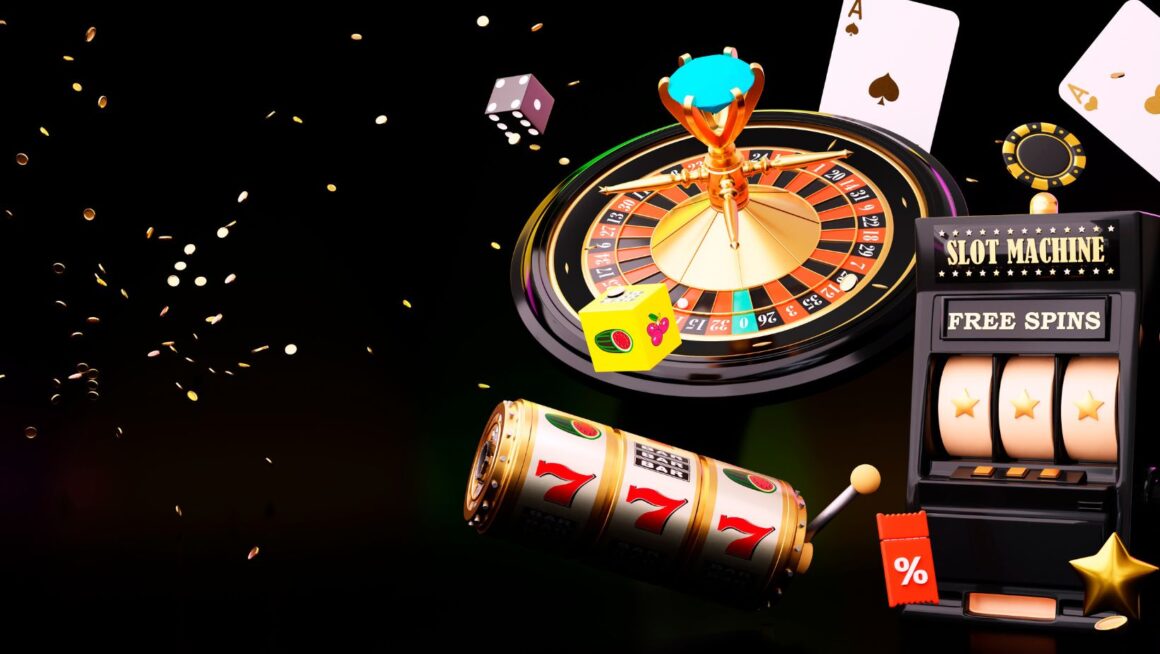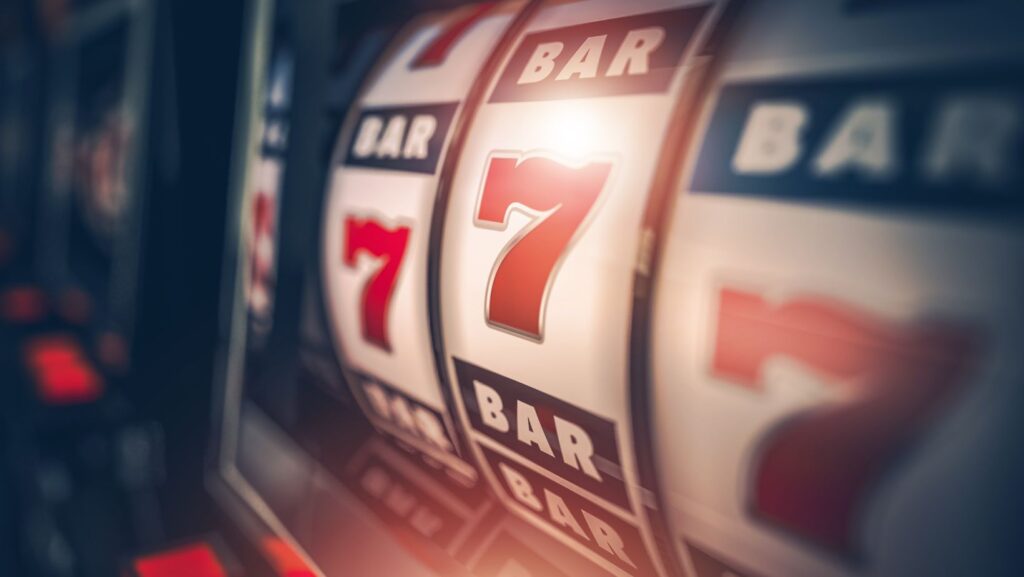1) Why It’s Important to Consider Distance and Risk When Choosing a Slot
Most beginners see slots as simple entertainment: you press a button and wait for luck. However, every slot game follows mathematics and the laws of probability. Each spin is not just a chance to win but part of a long statistical sequence. By approaching slot selection consciously, you can reduce losses and increase stability, even during short gaming sessions.
This is especially relevant for those who prefer short sessions – 10–20 minutes or a few dozen spins. In such cases, the goal is not potential long-term payout but consistency and predictability of returns. On the mostbet casino platform, you’ll find plenty of such slots – from simple three-reel machines to modern low-volatility video slots. The key is to recognize them by their characteristics without diving deep into complex RTP tables and hit frequency data.
A low-risk slot is one where small prizes drop frequently, and long losing streaks are minimal. These machines don’t promise massive jackpots, but they allow you to maintain your balance longer – especially if you play with a fixed bet. For beginners, this is the ideal option: you learn the mechanics while staying in control of your bankroll.
2) Three Key Factors of a Safe Slot: Volatility, Frequency, and Payout Structure
Volatility is the main indicator of risk level. The lower it is, the smaller the gap between wins, and the more often you’ll get payouts. In game descriptions, look for terms like “Low Volatility” or “Low Risk.” These slots provide steady, small wins – perfect for short sessions.
Payout frequency (hit frequency) shows how often a slot gives winning combinations. For example, 1 in 4 spins (25%) means nearly every fourth spin delivers at least a small payout. This reduces the risk of quickly losing your deposit and helps you understand the game’s rhythm – the higher the frequency, the calmer the session.
Payout structure is another key factor. In safe slots, winnings are evenly distributed – no extreme multipliers, but plenty of small combinations. Avoid games where most potential comes from rare bonus rounds. Over a short session, the chances of triggering such a bonus are minimal, which makes your results unpredictable.
Before committing, try a demo version: observe how often wins occur and how stable the balance remains. If after 50–70 spins your balance stays roughly the same, that slot can be considered comfortable for short sessions.
3) Practical Guide: How to Play with Minimal Risk
The first rule – fixed bets. Don’t change your bet size during a session, especially after wins or losses. Sharp increases are the main reason beginners lose money. Ideally, keep your bet between 0.5–1% of your bankroll to handle small losing streaks without stress.
The second – set time limits for sessions. Short distances work only within strict time frames. Play no longer than 15–20 minutes, then take a break. Even low-risk slots fluctuate, and it’s better to end with a neutral balance than to “chase” randomness.

The third – choose slots with frequent bonuses. These don’t have to be big free spin rounds – small bonuses, extra multipliers, or re-spin features are great. They smooth out the session and keep the pace active without requiring higher bets. The shorter the pauses between events, the easier it is to maintain rhythm and control emotions.
Finally, use a testing strategy: pick one slot, play 100 spins at minimum bet, and record the results. If in half the cases your balance stays stable or slightly increases – that’s your slot for short sessions. If your bankroll drops faster than after 30–40 spins, move on to another – that slot’s volatility is higher than you need.
Conclusion: Stability Matters More Than Excitement
The main goal for a beginner isn’t to hit a jackpot but to understand the game’s logic. Safe slots give exactly that opportunity – they forgive mistakes, let you play longer, and help develop a sense of rhythm. By choosing games with low volatility, balanced payout structures, and fixed limits, you turn random play into a controlled process. And that’s the first step toward confident, thoughtful, and profitable gaming.
<article>
<h1>How to Choose a Slot with Minimal Risk for Short Sessions: A Beginner’s Guide</h1>
<h2>1) Why It’s Important to Consider Distance and Risk When Choosing a Slot</h2>
<p>Most beginners see slots as simple entertainment: you press a button and wait for luck. However, every slot game follows mathematics and the laws of probability. Each spin is not just a chance to win but part of a long statistical sequence. By approaching slot selection consciously, you can reduce losses and increase stability, even during short gaming sessions.</p>
<p>This is especially relevant for those who prefer short sessions – 10–20 minutes or a few dozen spins. In such cases, the goal is not potential long-term payout but consistency and predictability of returns. On the <a href=”https://mostbet-turkiye-online.com/”>mostbet casino</a> platform, you’ll find plenty of such slots – from simple three-reel machines to modern low-volatility video slots. The key is to recognize them by their characteristics without diving deep into complex RTP tables and hit frequency data.</p>
<p>A low-risk slot is one where small prizes drop frequently, and long losing streaks are minimal. These machines don’t promise massive jackpots, but they allow you to maintain your balance longer – especially if you play with a fixed bet. For beginners, this is the ideal option: you learn the mechanics while staying in control of your bankroll.</p>
<h2>2) Three Key Factors of a Safe Slot: Volatility, Frequency, and Payout Structure</h2>
<p><strong>Volatility</strong> is the main indicator of risk level. The lower it is, the smaller the gap between wins, and the more often you’ll get payouts. In game descriptions, look for terms like “Low Volatility” or “Low Risk.” These slots provide steady, small wins – perfect for short sessions.</p>
<p><strong>Payout frequency</strong> (hit frequency) shows how often a slot gives winning combinations. For example, 1 in 4 spins (25%) means nearly every fourth spin delivers at least a small payout. This reduces the risk of quickly losing your deposit and helps you understand the game’s rhythm – the higher the frequency, the calmer the session.</p>
<p><strong>Payout structure</strong> is another key factor. In safe slots, winnings are evenly distributed – no extreme multipliers, but plenty of small combinations. Avoid games where most potential comes from rare bonus rounds. Over a short session, the chances of triggering such a bonus are minimal, which makes your results unpredictable.</p>
<p>Before committing, try a demo version: observe how often wins occur and how stable the balance remains. If after 50–70 spins your balance stays roughly the same, that slot can be considered comfortable for short sessions.</p>
<h2>3) Practical Guide: How to Play with Minimal Risk</h2>
<p>The first rule – <strong>fixed bets</strong>. Don’t change your bet size during a session, especially after wins or losses. Sharp increases are the main reason beginners lose money. Ideally, keep your bet between 0.5–1% of your bankroll to handle small losing streaks without stress.</p>
<p>The second – <strong>set time limits for sessions</strong>. Short distances work only within strict time frames. Play no longer than 15–20 minutes, then take a break. Even low-risk slots fluctuate, and it’s better to end with a neutral balance than to “chase” randomness.</p>
<p>The third – <strong>choose slots with frequent bonuses</strong>. These don’t have to be big free spin rounds – small bonuses, extra multipliers, or re-spin features are great. They smooth out the session and keep the pace active without requiring higher bets. The shorter the pauses between events, the easier it is to maintain rhythm and control emotions.</p>
<p>Finally, use a <strong>testing strategy</strong>: pick one slot, play 100 spins at minimum bet, and record the results. If in half the cases your balance stays stable or slightly increases – that’s your slot for short sessions. If your bankroll drops faster than after 30–40 spins, move on to another – that slot’s volatility is higher than you need.</p>
<h2>Conclusion: Stability Matters More Than Excitement</h2>
<p>The main goal for a beginner isn’t to hit a jackpot but to understand the game’s logic. Safe slots give exactly that opportunity – they forgive mistakes, let you play longer, and help develop a sense of rhythm. By choosing games with low volatility, balanced payout structures, and fixed limits, you turn random play into a controlled process. And that’s the first step toward confident, thoughtful, and profitable gaming.</p>
</article>


More Stories
How To Set Up Pblemulator: Your Ultimate Guide to Success
Minecraft: The World Gaming Madness at The Playcentre
Instructions Manual Hssgamestick: Your Ultimate Gaming Companion